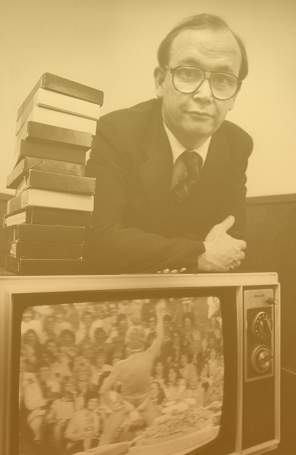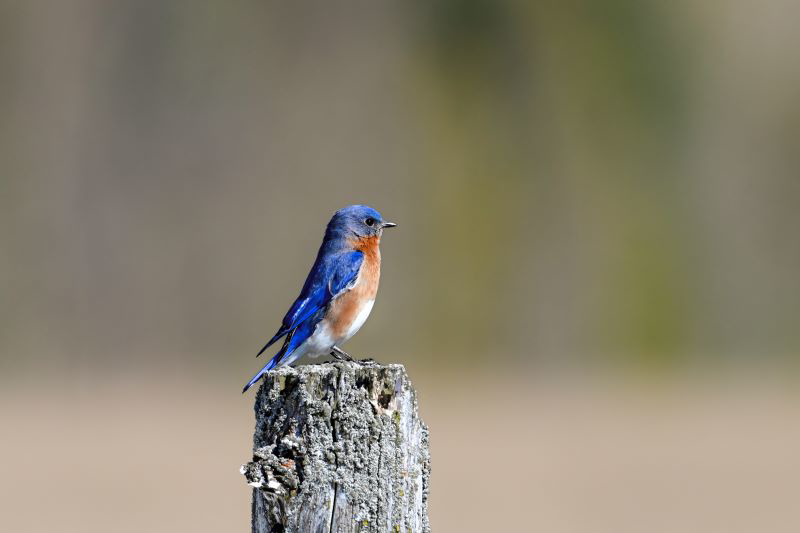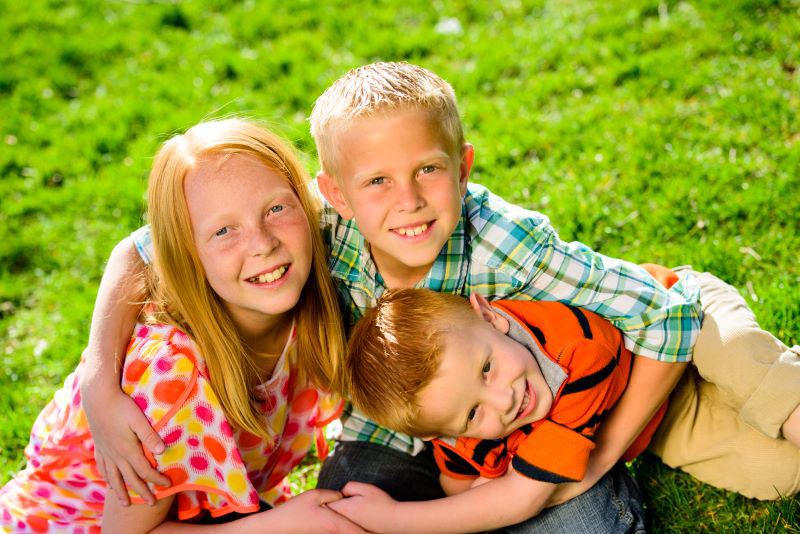Yad Vashem - A Monument and a Name
Sign up for a six month free
trial of The Stand Magazine!
I shiver, not from the cold, but from the context. Lighted handrails guide us through the dim interior of a hall hollowed out from an underground cavern. A voice surrounds me, announcing a name in somber tones:
Adalbert Berkovits, age five.
Neither the voice nor the name has meaning for me; I recognize neither. The voice continues in solemn, restrained cadence, without emotion:
Lilinka Solominsky, age about nine.
It only takes two – two names, dead now more than 70 years – two children whose lives reach mysteriously across the decades and grip my being. My heart pounds and tears begin to emerge. I weep for the innocent children whose names the voice recites.
Uziah Spiegel, age two-and-a-half.
Horror of horrors
It is the Children’s Memorial at Yad Vashem, Israel’s understated monument to six million Jews annihilated in the Holocaust. One out of four, 1.5 million were children. I’d seen the movies, I’d taken World History. I’d read about the horrors, the gas chambers. But nothing could have prepared me for the impact this quiet memorial and these children’s names, would have on me.
It’s as if I’ve disturbed their rest, or reawakened their grief and suffering. I would turn and run back, but it’s too late. I cannot go back for I have already heard the names. I can only go forward. These dark halls, filled with the spirit of martyred innocence, stir my soul and catapult me out of my comfort zone. Innocent children and their parents and friends were annihilated, simply for being Jews.
The Yad Vashem Historical Museum is the centerpiece of a 45-acre memorial site. Through photographs, artifacts, documents and audio and visual aides, the exhibit chronicles the story of the Holocaust, from anti-Jewish discrimination to mass murder.
At the Hall of Remembrance, my mind retains images from the photos – vacant stares, hungry eyes, faces of death. The floor is engraved with the names of Nazi concentration camps: Auschwitz, Dachau, Treblinka. The eternal flame, one of Yad Vashem’s focal points, occupies the center of the great room here. In front of it lies a crypt containing the ashes of Holocaust victims.
I grow more and more uncomfortable as I grapple with the truth, more incredulous to realize what man will do to man. Such evil is unleashed when one begins to think himself superior to another. It is beyond belief that “civilized” nations endured it without intervening.
Hope of all hope
Finally, I am reminded that a few courageous souls did intervene, and Yad Vashem is careful to honor them as well. Dr. David Silberklang, Jerusalem historian and editor of Yad Vashem Studies, escorts us along the Avenue of the Righteous, where scores of trees are living monuments to the heroism of non-Jews who helped Jewish people escape the Nazi massacre. Hospitable and gracious, Dr. Silberklang recounts his people’s painful history, remarkably without a trace of bitterness.
Lining broad walkways, each tree is marked with a plaque naming someone who risked his or her own life to save another. Corrie Ten Boom. Ah, there’s one I recognize. The Hiding Place, Ten Boom’s popular book of the 1960s, probably did more to educate my generation than any other story of the brave rescuers who helped strangers and fugitives escape the Nazi terror.
The Ten Boom home in Haarlem, Holland, became the clandestine headquarters of an underground network responsible for saving an estimated 800 Jews from annihilation. It is both humbling and exhilarating to stand here and reflect on the heroic deeds of this family, four of whom gave their lives for strangers all because of their Christian faith.
Arrested at age 84, Casper Ten Boom, Corrie’s father, was asked if he knew he could be executed for helping the Jews. “It would be an honor to die for God’s ancient people,” the old man replied. He died ten days later in Scheveningen Prison. (A 2015 film, Return to the Hiding Place, tells the story of a student group known as “Corrie’s Teenage Army.” Some of them, too, were martyred as they helped the Ten Booms rescue persecuted Jews.)
Of the Ten Booms, Corrie alone survived. For more than 30 years, her speaking engagements and writings spread the message of the horrors of the Holocaust and the hope found in Christ. On her 91st birthday, April 15, 1983, Corrie Ten Boom died, after having rescued countless numbers of men, women, and children from certain death and sharing their story with the world.
The prophet Isaiah recorded God’s words: “I will give them, in my house and in my walls, a monument and a name, better than sons and daughters; I will give them an everlasting name that shall never be effaced.”
Yad Vashem, the Children’s Memorial – a fitting monument to... Adalbert... Lilinka... Uziah… and 1,497,000 more innocent children. And God knows every name.

Sign up for a free six-month trial of
The Stand Magazine!
Sign up for free to receive notable blogs delivered to your email weekly.


















